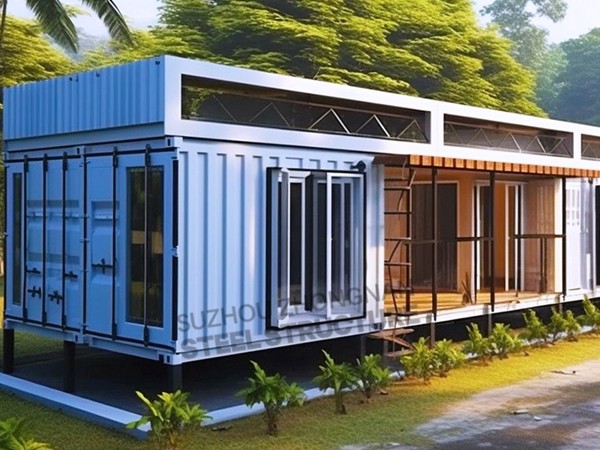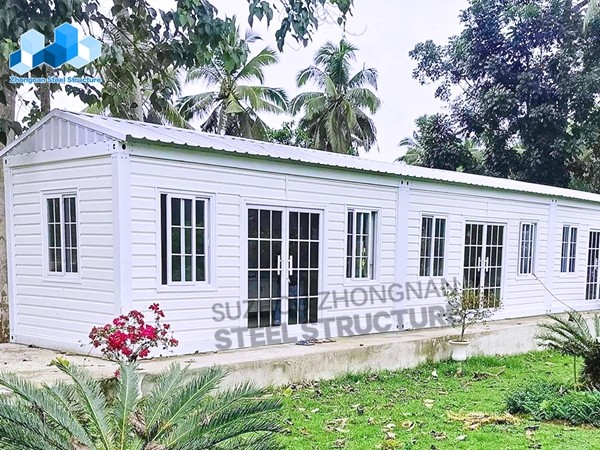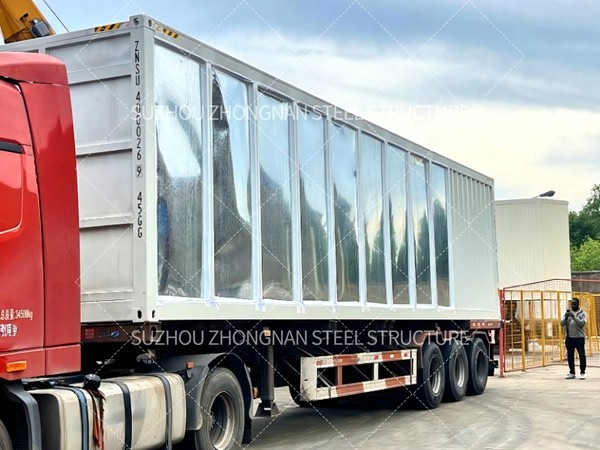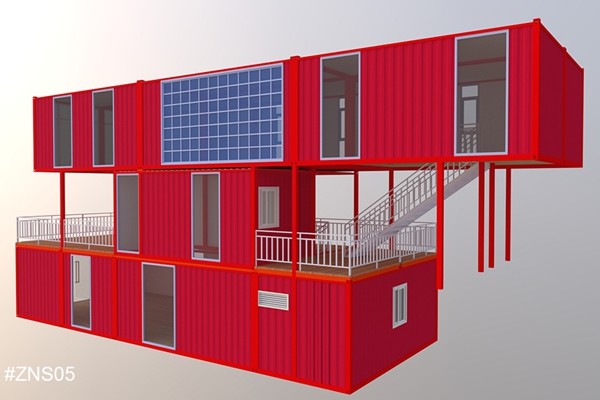average cost of a prefabricated home
The rising popularity of prefabricated homes stems from their efficient construction process and cost-effectiveness. When determining the average cost of a prefabricated home, several factors come into play, each contributing to the overall pricing landscape. For consumers who are considering this modern housing solution, understanding these elements can offer a comprehensive insight into the potential financial outlay.
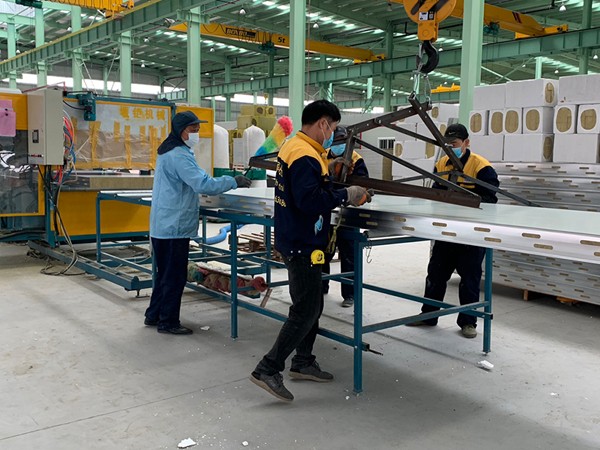
Prefabricated homes, often affectionately known as 'prefabs', are built in sections within a factory setting and transported to the desired location for assembly. This streamlined process can result in substantial savings compared to traditional building methods. On average, the cost of a prefabricated home ranges from $100 to $200 per square foot. However, this figure can fluctuate based on various determinants such as location, customization preferences, and finishes.
The geographical location significantly impacts the final cost. Urban areas with high demand can drive up prices due to land costs, while rural settings might offer more savings. Additionally, regions with stringent building codes or those prone to challenging weather conditions may require specific modifications to the prefab units, thereby affecting the cost.

Customization is another crucial factor influencing the expenses of prefabricated homes. While basic models come with standard features that keep costs low, buyers often seek personalized designs that reflect their lifestyle and preferences. Opting for high-end finishes, bespoke layouts, or sustainable building materials will naturally influence the overall expenditure, potentially pushing the price per square foot closer to the upper limits.
Transporting the prefabricated segments from the factory to the site is another logistical consideration. Distance, accessibility, and the local terrain can introduce additional charges. Often overlooked, these transportation costs can vary greatly, especially if the delivery site presents logistical challenges.
Moreover, while prefabricated homes offer a faster build time, saving on labor costs, it is essential to include permit fees, utility hookups, land preparation, and foundation work in the budgetary considerations. These elements may not be included in the initial quoted price for the home itself but are necessary for a complete, move-in-ready dwelling.average cost of a prefabricated home
Finance planners and industry experts often highlight the long-term savings associated with prefabricated homes. Their construction in a controlled environment ensures minimal waste and energy efficiency, leading to lower utility bills and maintenance expenses over time. The environmentally sustainable design of many prefab homes also adds an ethical advantage for eco-conscious consumers seeking green living solutions.
In the burgeoning market of prefabricated housing, selecting a reputable and experienced prefab company enhances trustworthiness in the purchase process. Industry leaders often possess accreditations and memberships with renowned quality assurance groups, providing consumers with confidence in the durability and longevity of their homes.
The expertise of real estate consultants and architects offers an authoritative voice when navigating the realm of prefab homes. Working closely with professionals enables buyers to make informed decisions, ensuring that the chosen prefab model aligns with both budgetary constraints and personal aspirations.
For potential homeowners, real experiences and reviews from those already living in prefab homes can provide valuable insights. Community forums and testimonial platforms offer unfiltered perspectives on living in such homes, shedding light on both the advantages and any unforeseen challenges.
Transparency is essential throughout the purchasing process. Trustworthiness develops from clear contracts, detailed quotes, and open communication between sellers and buyers. This ensures that all parties have aligned expectations and contributors to a seamless transition to prefab living.
In sum, while the average cost of acquiring a prefabricated home may initially vary, understanding the intricacies of location, customization, and affiliated costs, supplemented with expert guidance and real-life experiences, fortifies the decision-making process. As consumers venture into the prefab market, they must weigh these factors diligently, ensuring that their investment is both financially sound and personally fulfilling. Ultimately, prefabricated homes offering both financial and environmental benefits represent a compelling choice for the modern homeowner.

